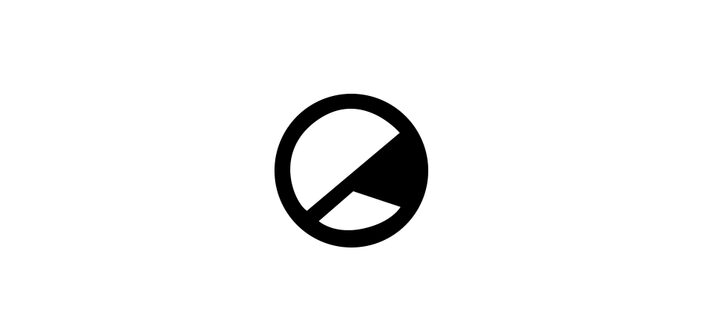In a world where the average attention span seems to be shortening with the day, there’s a growing desire for shorter, more readily consumed media. Where Vine took the concept of six second video and engrained itself in the minds of a generation, poets on Instagram and Twitter have taken their art form and transformed it for the modern era. With an undeniable demand for Fast Food Poetry, it’s no surprise that, at time of writing, an Instagram search for “poetry” yields 47.4 million results. While it’s certainly great that poetry is able to reach a new generation through social media, many, including myself, would argue that this supposed bastardisation of poetry may be a dangerous step away from tradition.
When Rupi Kaur’s Milk and Honey collection hit shelves in 2014, a generation of young women and girls fell in love with what they thought poetry was. Kaur’s short, aesthetically pleasing lyrics, accompanied by endearing little scribbles made for fantastic Instagram stories and quotes for your selfies. While introducing more and more people, especially young women, to an art form that for centuries has been primarily linked with old white men, is by no means a bad thing, what Kaur was doing was not introducing girls to poetry, but rather the idea of poetry.
This sense of simply scribbling down an idea for a poem and slapping some random line spacing throughout is the overwhelming theme that these social media poets cultivate. Poets like R. H. Sin and R. M. Drake are guilty of this too, and while their poetry conveys these genuinely important representations of self-love and approaching relationships, many of their poems are simply just sentences. Take this R. H. Sin poem from his limited edition collection Able is She:
“she is a vigorous raging flame that can’t be put out.”
Stunning, powerful, enthusing, but in reality it’s just a single sentence metaphor. I have thousands of notes on my phone of ideas for poems or cute metaphors, but that’s just what they are; ideas, and I certainly haven’t asked millions of people to shell out money for my collection of hastily assembled phone notes. Fast Food Poetry is like a suggestion of poetry, a boiling down of the genre to it’s tastiest and addictive parts but with none of that good, nutritional, healthy passion or craft. Sure a Big Mac is bloody delicious, but it’s fun for a moment and immediately forgotten. Mum’s fantastic homemade shepherd’s pie though? That stays with you for years.
While social media poetry will satisfy the everyday consumer just looking for that instant gratification, it lacks that depth and that tantalising challenge of deciphering some Keats, or drawing your own meaning from Shakespearean verse. Fast Food Poetry is poetry, and there’s a market for it, hell I’m guilty of writing some myself, and while the world changes and becomes faster and more to-the-point, the easily consumed poetry of an Instagram post, or a tweet serves to be a valid, though somewhat vapid, form of literature.



